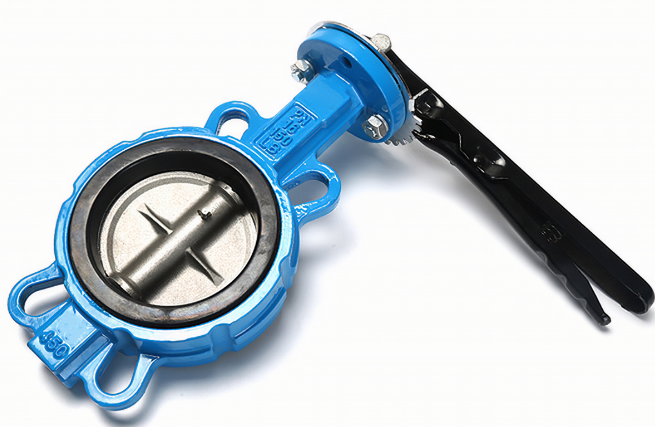Exploring Various Types of Pressure Regulation Valves and Their Applications
Understanding Different Types of Pressure Control Valves
Pressure control valves (PCVs) are essential components in hydraulic and pneumatic systems, serving a critical role in managing pressure levels within the circuit. These valves ensure that the pressure stays within designated limits, protecting equipment from potential damage due to overpressure. There are several types of pressure control valves, each designed for specific applications and operational needs. In this article, we will explore the different types of pressure control valves, their functions, and their applications.
1. Relief Valves
Relief valves are designed to protect systems from overpressure by allowing fluid to escape when pressure exceeds a predetermined limit. These valves automatically open when pressure rises to an unsafe level, diverting excess fluid back to the reservoir or another part of the system. Relief valves are commonly used in hydraulic systems, boilers, and process equipment. They ensure safety by preventing potential explosions or equipment failures due to excessive pressure.
2. Regulating Valves
Regulating valves maintain a consistent output pressure regardless of fluctuations in the input pressure or flow rate. These valves adjust the flow through the system based on real-time pressure readings, enabling stable system performance. Regulating valves are typically used in processes that require precise pressure control, such as chemical manufacturing and refrigeration systems.
Sequence valves control the sequence of operations in hydraulic systems by allowing one actuated function to occur only after a certain pressure is achieved in a previous function. They are essential in applications where multiple operations must be synchronized, such as in mobile equipment and automated manufacturing systems. By ensuring that operations happen in the correct order, sequence valves enhance the efficiency and safety of the overall system.
4. Counterbalance Valves
different types of pressure control valves

Counterbalance valves are specialized pressure control valves that provide load control in hydraulic systems, particularly for lifting applications. When a load is applied, these valves maintain pressure on the actuator, allowing it to hold the load without drifting. Counterbalance valves are vital in applications where load stability is crucial, such as in cranes and aerial work platforms.
5. Fail-Safe Valves
Fail-safe valves are designed to automatically position themselves in a safe state during power loss or system failure. These valves ensure that hydraulic systems can return to a neutral state or exhaust pressure, preventing catastrophic failures. Fail-safe valves are commonly used in emergency systems where safety is paramount, such as in aircraft hydraulics and critical industrial processes.
6. Pilot-Operated Valves
Pilot-operated valves utilize a small pilot valve to control the larger main valve, allowing for precise control of high-pressure systems with minimal input. By enabling remote operation, pilot-operated valves can control larger flows and pressures with a smaller actuator, making them suitable for complex control systems and processes requiring high pressure and flow stability.
7. Electronic Pressure Control Valves
With advancements in technology, electronic pressure control valves are increasingly common in modern systems. These valves are equipped with sensors and controllers that allow for real-time monitoring and adjustments. By integrating with control systems, they offer enhanced precision and adaptability, making them ideal for applications in automation and high-performance environments.
Conclusion
Pressure control valves play a pivotal role in maintaining system safety, stability, and efficiency. Each type of valve serves specific functions and is suited for different applications across various industries. Understanding the characteristics and advantages of these valves is crucial for selecting the right valve for any given application. Whether it's ensuring safety with relief valves, maintaining consistent output with regulating valves, or providing load stability with counterbalance valves, the right pressure control valve can significantly impact the performance and longevity of hydraulic and pneumatic systems. As technology advances, the development of more sophisticated pressure control solutions continues to enhance operational efficiency and safety in industrial applications.
-
Breakthrough in Domestic Low Temperature Valve Technology in ChinaNewsAug.18,2025
-
From Machinery to Intelligent Brain: The Digital Transformation Wave of the Valve IndustryNewsAug.18,2025
-
PCVEXPO 2025NewsAug.18,2025
-
The Key to Fluid Control: Exploring the Advantages of Ball Valves in Industrial SystemsNewsJul.09,2025
-
The Versatile World of 1, 2, and 3 Piece Ball ValvesNewsJul.09,2025
-
Stainless Steel Ball Valves: The Ideal Choice for Efficient Flow ControlNewsJul.09,2025
-
Optimizing Fluid Control with Ball Float ValvesNewsJul.09,2025




